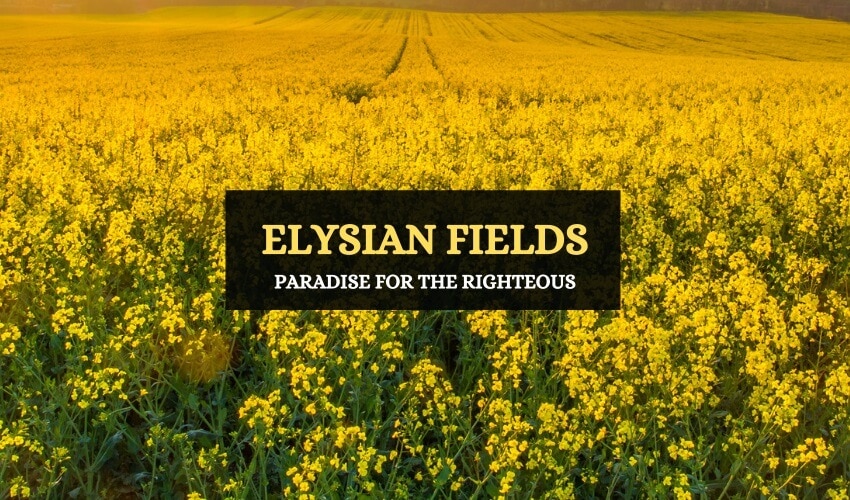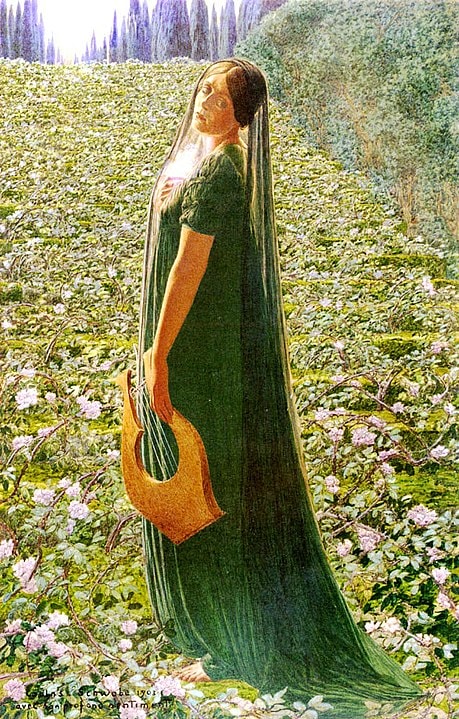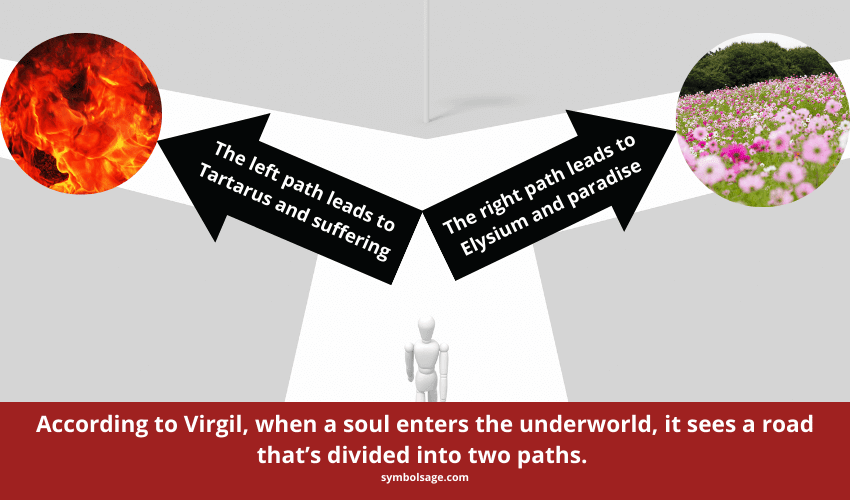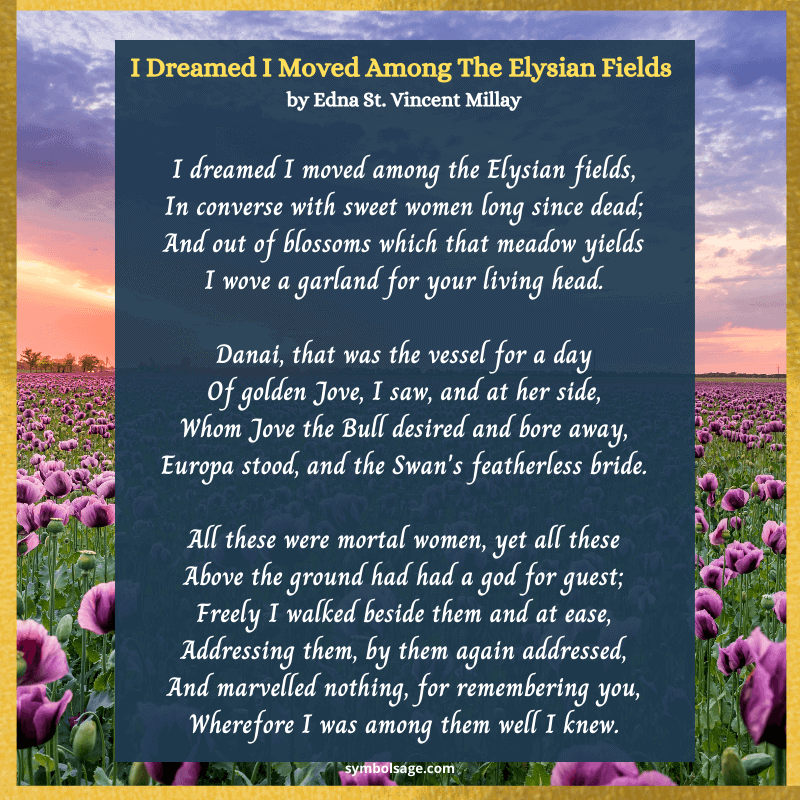
Table of Contents
The Elysian Fields, also called Elysium, is a paradise in Greek Mythology. Initially, Elysium was only open to humans who had some connection to heroes and gods but later on this was expanded to include those who were chosen by gods as well as the heroic and the righteous.
Elysium was a resting place where these souls could remain forever after death, where they could be happy and indulge in whatever employment that they had enjoyed during their life.

8th Century BCE – Elysium According to Homer
Elysium was first mentioned in Homer’s ‘Odyssey’ where he wrote that the gods promised one of the characters that he would be sent to the Elysian Fields. Homer wrote many epic poems around this time referring to Elysium as a beautiful meadow located in the Underworld where all those who Zeus favored were able to enjoy perfect bliss. It was said to be the ultimate paradise that a hero could achieve. In other words, it was the heaven of the ancient Greeks.
In Odyssey, Homer says that mortals lead a much easier life in Elysium than they would anywhere else in the world since there was no rain, hail or snow in Elysium. Oceanus, a gigantic body of water that surrounds the world, sings from the sea in soft tones and gives new life to all mortals.
Elysium According to Virgil and Statius

By the time Virgil, the famous Roman poet, was born in 70 BCE, Elysium had become much more than just a beautiful meadow. It was now an important part of the Underworld, the home of all the dead who were worthy of Zeus’ favour. It wasn’t only Vergil but also Statius who claimed that it was the virtuous and pious who earned the gods’ favor and gained the opportunity to enter Elysium.
According to Virgil, when a soul enters the underworld, it sees a road that’s divided into two paths. The path on the right leads the virtuous and worthy to Elysium whereas the one on the left leads the impious to murky Tartarus.
The Location of the Elysian Fields
There are several theories regarding the location of Elysium. Many writers disagree on the exact location, each having his own opinion.
- According to Homer, the Elysian Fields were located at the end of the Earth by Oceanus River.
- Pindar and Hesiod claim that it was situated in the ‘Isles of the Blessed’ in the Western Ocean.
- Much later, in both Greek and Roman mythology, Elysium was placed in the Underworld
Thus, although there are many theories as to where it really is, its actual location remains a mystery.
Elysian Fields in Modern Culture
The names Elysian and Elysium have become commonplace and are used globally in places such as Elysian Fields, Texas and Elysian Valley, Los Angeles. In Paris, the popular street ‘Champs Elysees’ was named after the mythical Greek Heaven.
A movie called Elysium was released in 2013, in which the rich and powerful live on Elysium, a special habitat in space made for the wealthy. The movie explored many sociological and political issues, including social class structures, exploitation of workers and overpopulation.
The Elysian Fields have also featured in several famous visual and literary works of art.
Today the word ‘Elysium’ is used to describe something that’s perfect and peaceful, something beautifully creative and divinely inspired.

In Brief
The Elysian Fields was the Greek heaven reserved for the righteous and the blessed. The concept of Elysium evolved over time, changing in its descriptions. However, the general overview has been the same as Elysium has always been described as pastoral and pleasant.





